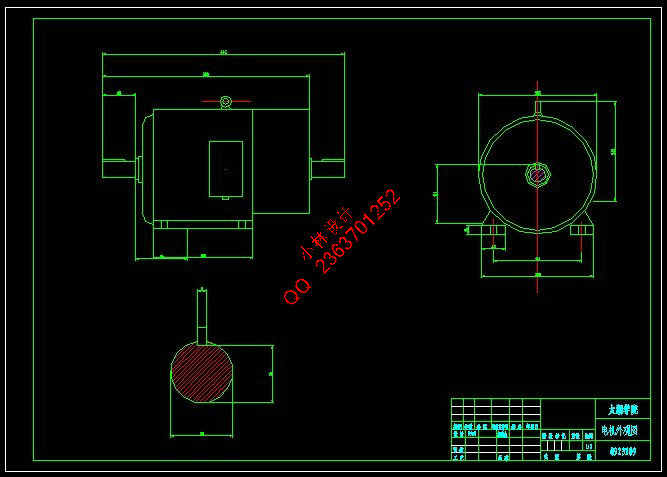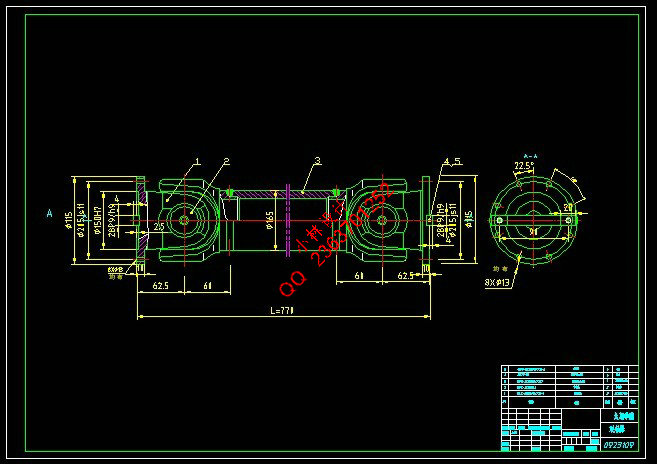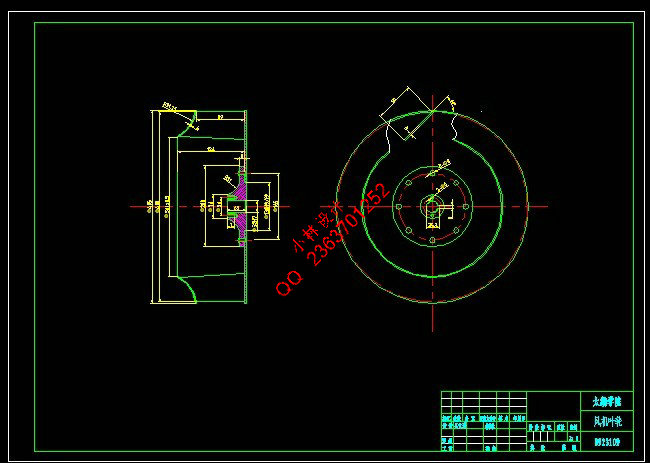|
设计描述:
文档包括:
word说明书一份,共43页,约22000字
任务书一份
开题报告一份
外文翻译一份
CAD版本图纸,共6张
摘 要
风机技术生产和研究的主要环节是风机性能检测的试验。随着风机技术的发展,人们对风机性能检测试验的要求也越来越高。目前,现代风机性能测试正从人工测试向自动化测试转变。测试仪器和计算机技术的结合,孕育了一种新的检测仪器—虚拟仪器。虚拟仪器是一种可以利用计算机资源,并由用户设计其功能的具有一系列虚拟面板的仪器系统。虚拟仪器的网络化是实现风机性能远程测试技术的关键。在此基础上,本文提出了利用NI公司开发软件LabVIEW构建风机性能远程测试系统的方案。
本文主要分为三部分。第一部分介绍了虚拟仪器的特点、组成、概念以及相关的网络技术,并介绍了LabVIEW的特点;第二部分分析风机性能试验基本原理,然后根据系统设计要求对传感器、风机工作环境、旋转挡板和数据采集卡等进行了选型,设计了信号调理电路;第三部分,以LabVIEW作为开发平台具体做出风机系统的设计流程并对风机性能远程测试系统的软件设计进行讨论和研究。
关键词:虚拟仪器;远程测试;风机性能;LabVIEW
Abstract
Fan performance testing experiment is an indispensible step in the technology study and production of fan. With the development of the fan technological, its detection technology requirements are also getting higher. At present, modern fan performance testing is transforming from the traditional manual testing to automatic test.With integration of computer and testing instruments, virtual instrument has emerged as a new testing technology.With integration of computer and testing instruments, virtual instrument has emerged as a new testing technology. Network building of virtual instruments is the key technology in actualizing the remote testing; Based on above discription, building of a long-distance fan testing system programme by using NI LabVIEW software was proposed in this paper.
The paper is divided into three parts. The first part introduced the concept of virtual instruments, characteristics, structure and the virtual network equipment-related network technology,and introduces the feature of LabVIEW. Fan performance test in the second part analysis the basic principle, and then based on the system design requirements of sensor, fan work environment, the rotary baffle and data acquisition card and so on has carried on the selection, design the signal conditioning circuit; The third part, the specific make fan system with LabVIEW as the development platform of the design process and performance of the fan is a remote test system software design are discussed and studied.
Key words:virtual Instrument; remote testing,;fan performance; LabVIEW
目 录
摘 要 III
Abstract IV
1 绪论 1
1.1 引言 1
1.2 研究的目的和意义 1
1.3 国内外研究状况 1
1.4 本文研究的内容和目标 2
2 虚拟仪器技术及相关知识 3
2.1 虚拟仪器简述 3
2.2 虚拟仪器系统的构成 3
2.2.1 虚拟仪器的硬件 3
2.2.2 虚拟仪器的软件 3
2.3 虚拟仪器的特点 3
2.4 虚拟仪器的开发平台 4
2.4.1 面向仪器与测控过程的图形化开发平台—LabVIEW 4
2.4.2 LabVIEW 的特点 4
2.5 本章小结 5
3 风机性能试验的原理 6
3.1 风机性能试验概述 6
3.1.1 风机性能试验的原理和方法 6
3.1.2 风机的性能参数 6
3.1.3 风机的性能曲线 7
3.2 风机性能试验 7
3.2.1 风机性能测试的环境参数 7
3.2.2 风机性能测试中的结构参数 7
3.2.3 风机性能试验装置的方案及选用 8
3.3 风机性能参数的相关计算、处理 9
3.4 风机性能曲线绘制 10
3.5 本章小结 10
4采集系统的设计 11
4.1 风机性能测试系统的组成 11
4.2 风机工况调节装置的设计 11
4.2.1 结构设计 11
4.2.2 步进电机的控制 12
4.2.3 步进电机的选择 13
4.3 系统测试的内容与方法 13
4.3.1 静压的测量 13
4.3.2 流量的测量 13
4.3.3扭矩的测量 15
4.4 传感器的选用 16
4.4.1 压力传感器 16
4.4.2 差压传感器 16
4.4.3 温度传感器 17
4.4.4 转速传感器 17
4.5 信号调理电路 17
4.6 数据采集卡 18
5 虚拟测试系统的结构 20
5.1 系统设计流程 20
5.2 基于虚拟仪器的风机性能远程测试系统的总体结构 20
5.2.1 系统的总体结构 21
5.2.2系统主界面 22
5.2.3 系统操作流程 23
5.3 数据采集 24
5.4 数据处理 26
5.4.1 数据计算 26
5.4.2 曲线拟合 27
5.5 试验数据 27
5.6 本章小结 29
6 总结与展望 30
6.1 总结 30
6.2 研究展望 30
致谢 32
参考文献 33
| 








